
The Northern Lights are a feast for the eyes. A U-2 spy pilot who also dabbles in photography decided to get an up-close look at the lights by taking some pictures while he was on a mission.
Ross Franquemont snapped some photographs from his cockpit 70,000 feet in the sky. He is a pilot and instructor based out of Beale Air Force Base, California, but when he had a mission in the United Kingdom, he took the opportunity to catch some stunning shots of the Aurora Borealis.
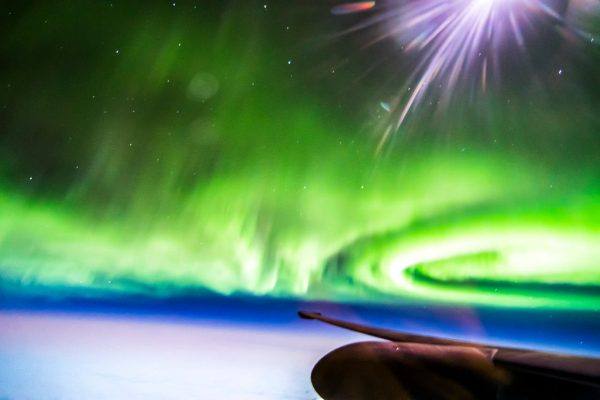
Franquemont was shocked that the Northern Lights moved so quickly. “I had no idea how fast the aurora moved and changed,” he said. “It danced around, changing shape several times a second. That made it a challenge for the photographer in a spacesuit sitting in shaking metal can moving 500 mph.”
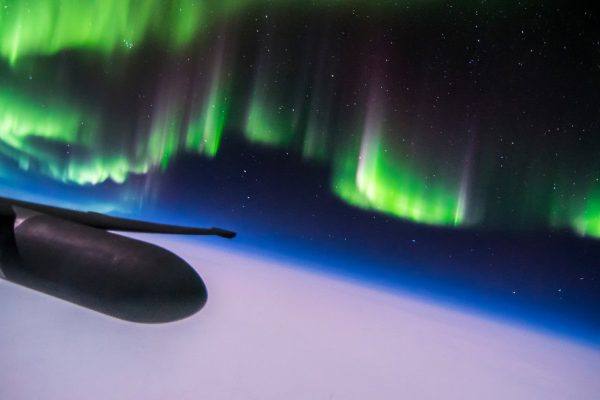
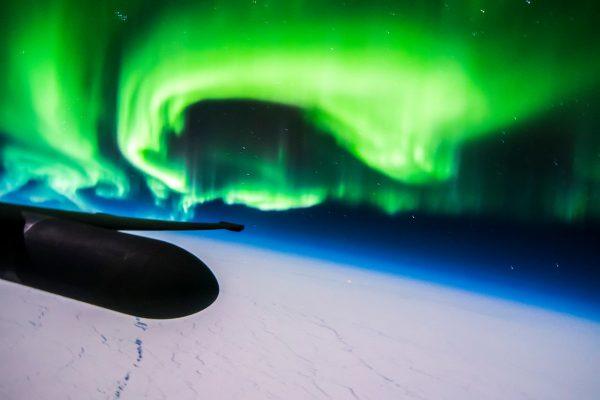

Franquemont flies a Lockheed Martin U-2 plane that is nicknamed “Dragon Lady.” It only seats one person, which can make for a lonely trip on a flight which can last as long as 6,400 miles. The “Dragon Lady” can fly as high as 70,000 feet, allowing the pilot to capture these extraordinary photographs.
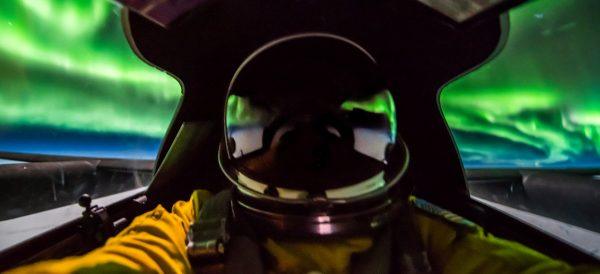

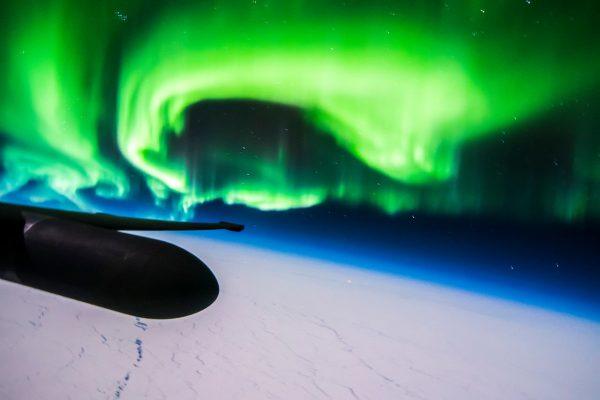

Northern Lights Centre explains how the lights are created. “The Northern Lights are actually the result of collisions between gaseous particles in the Earth’s atmosphere with charged particles released from the sun’s atmosphere. Variations in colour are due to the type of gas particles that are colliding. The most common auroral color, a pale yellowish-green, is produced by oxygen molecules located about 60 miles above the earth. Rare, all-red auroras are produced by high-altitude oxygen, at heights of up to 200 miles. Nitrogen produces blue or purplish-red aurora.”
This provides an explosion of magnificent color that people from all over the world go to see. It is truly remarkable.

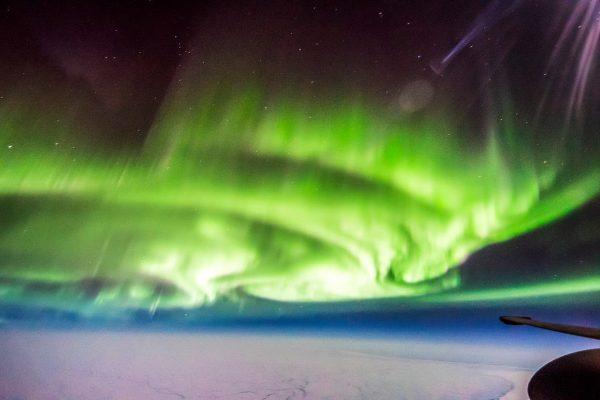

Share this story so your friends and family can enjoy these beautiful pictures!
Source: Peta Pixel
More About:Movies
